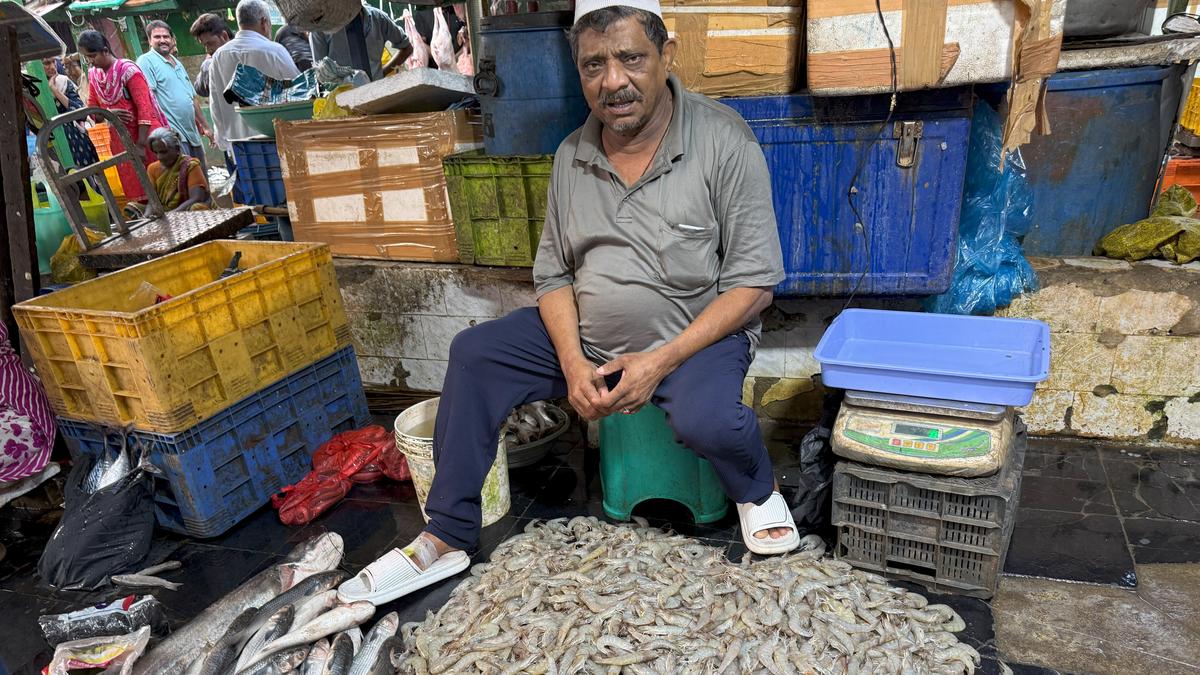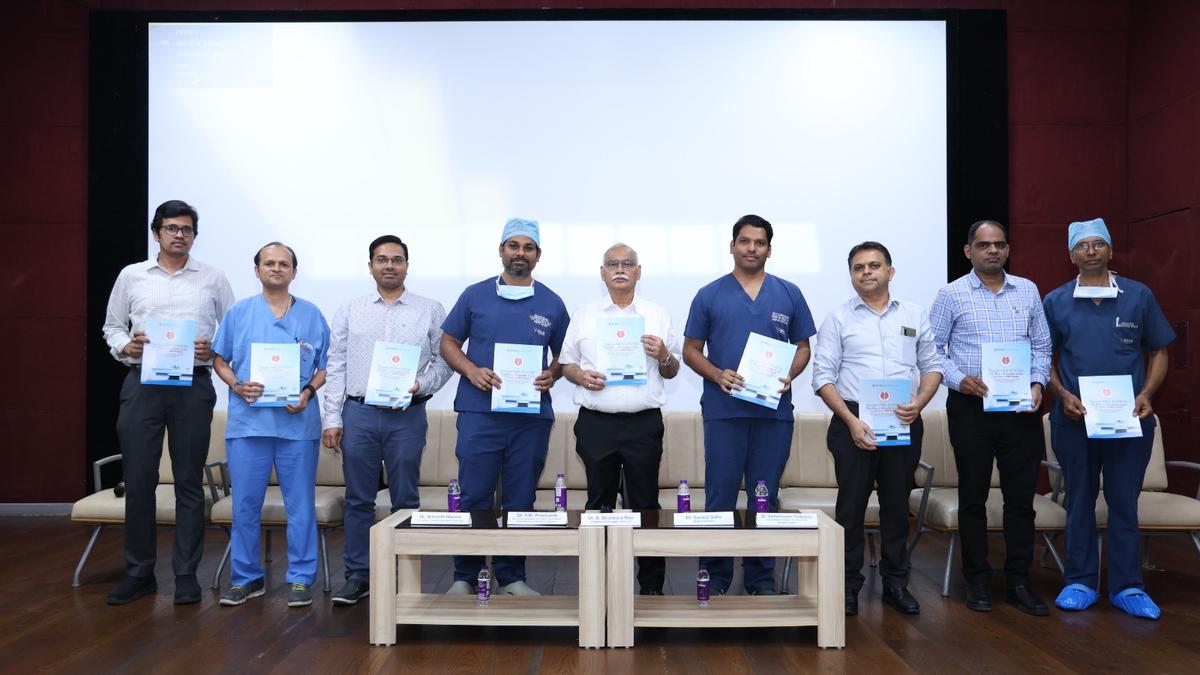Now Reading: AP Shrimp Farmers Plan Statewide Protest Against U.S. Tariffs
-
01
AP Shrimp Farmers Plan Statewide Protest Against U.S. Tariffs
AP Shrimp Farmers Plan Statewide Protest Against U.S. Tariffs

Swift Summary
- Farmer leaders and aquaculture industry representatives announced a phased agitation to address U.S. import tariffs on Indian shrimp exports.
- U.S. tariffs increased by 50%, raising effective duties to 59.65%, which has severely impacted over four lakh acres of shrimp farms in coastal Andhra Pradesh.
- The tariff hike added ₹50,000 per lakh value of exports, causing price crashes and losses up to ₹40,000 per tonne.
- Comparatively higher duties have been imposed on india than on nations like Bangladesh, Sri Lanka, Pakistan, or Ecuador.
- Shrimp export volume from last year (7.16 lakh tonnes) now faces notable financial strain.
- Severe consequences are noted for women workers in shrimp processing units; tenant farmers demand government intervention thru measures including procurement of stock by MPEDA and recognition of aquaculture as part of agriculture.
- Farmers proposed power subsidies for aqua farmers, domestic market expansion for surplus absorption, and price regulation to stabilize income.
Indian Opinion Analysis
The escalation in U.S. tariffs on Indian aqua exports underscores a critical challenge for India’s agrarian aquaculture sector amid global trade disputes. Notably vulnerable are small-scale farmers and laborers-many being women-whose livelihoods depend heavily on this export-driven industry. Higher comparative duties against India suggest possible geopolitical undertones that amplify the urgency for governmental advocacy in international trade forums.
Domestically, the resolutions passed at this meeting highlight sensible strategies such as expanding local markets and granting agricultural recognition-a move that could unlock subsidies crucial for survival amid rising costs and stagnant prices. Though, swift action from both state and central governments is imperative not only to stabilize incomes but also to prevent long-term structural damage to the sector’s contribution to India’s rural economy.

























